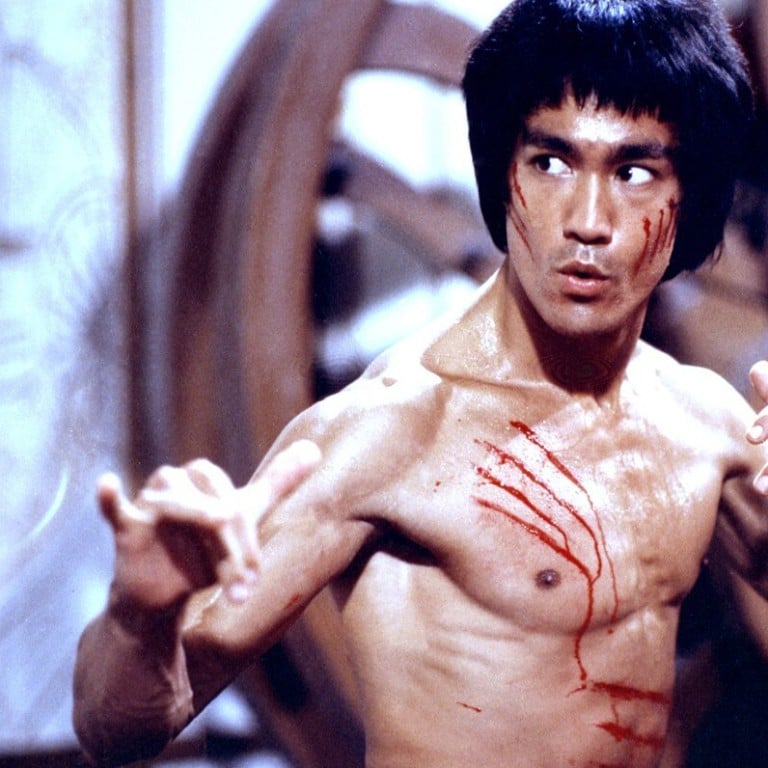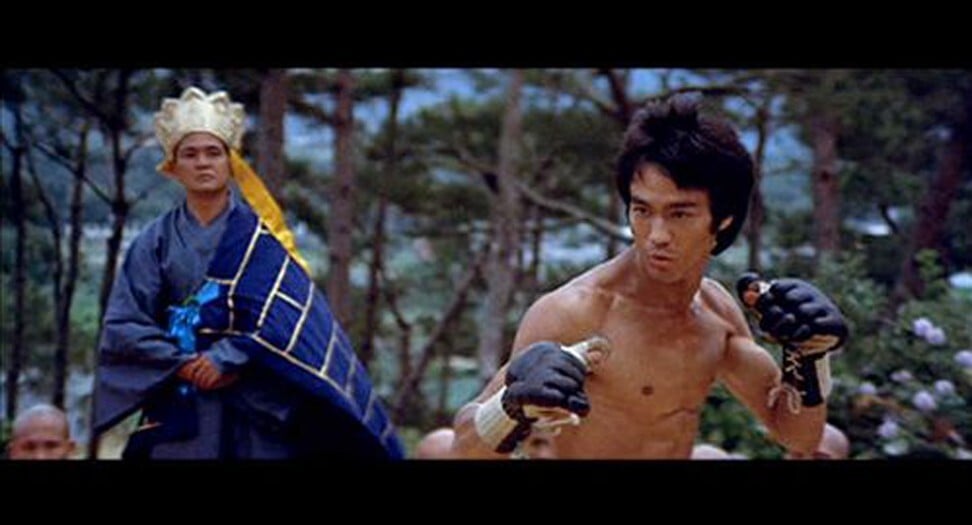Bruce Lee might be the ‘father of MMA’ – UFC president Dana White said it, but the kung fu icon’s only official fight against a boxer was mixed martial arts

But did he really play a role in the establishment of modern mixed martial arts (MMA)? The man himself is not available for comment having passed away in 1973, decades before the rise of MMA in the form it is popularly known today – the fighting style of organisations like Ultimate Fighting Championship (UFC) and One Championship.
Bruce Lee remembered: Friends recall fond times, 47 years after his death

If such an idea seems ludicrous to modern MMA fans – who might consider the action inside the octagon a mix of kick-boxing and wrestling as opposed to kung fu – it shouldn’t. Martial art Jeet Kune Do favours “any technique or means which serves its end … Efficiency is anything that scores,” according to Lee, its creator.
These words perfectly embody the current spirit of MMA, which utilises the best elements of different combat disciplines to arrive at a complete “ultimate” fighting style. This is different from UFC’s earliest days, though, when the promotion company put on fights between specialists in individual styles to settle questions like “who would win a fight between a great boxer and a great wrestler?”
Bruce Lee’s kung fu or Madonna’s karate – which martial art is right for you?
Philosophy aside, Lee wasn’t just about lightning quick strikes and deadly one-inch punches either. The Tao of Jeet Kune Do provided plenty of detailed information about various grappling techniques and submission holds fighters could use – the kind of offence that would look right at home inside an MMA ring.
This has even been caught on camera. In an early scene from Enter the Dragon, Lee faces off against an opponent played by star Sammo Hung in an exhibition bout filmed at Ching Chung Koon temple in Hong Kong. Here, not only are both fighters wearing kempo gloves, which happen to resemble the kind of gloves worn nowadays by MMA fighters, but Lee wins his bout by executing a version of an armbar, a move popular with MMA practitioners.
Lee even fought in a pseudo-MMA fight himself once. Although the icon never engaged in a professional fight – a fact that Lee’s detractors use to criticise him – he was involved in a school fight that pitted him against a boxer.
The event, which can be considered the only “official” fight Lee ever had, took place in 1958 between St Francis Xavier’s School, which Lee attended, and King George V School. Lee, then aged 18, fought Gary Elms, a schoolboy boxing champion. Martial artist versus boxer – a classic match-up of the kind that early UFC would have been happy to organise. Although the fight is said to have been a cagey affair, with both competitors wary of the unfamiliar style of their opponent, Lee was a unanimous victor on points.
Tougher than Bruce Lee? China’s first MMA champion Xiong Jingnan
There is much, then, to recommend Lee as one of the progenitors of MMA, aside from the words of Dana White, one of the most important individuals behind the rise of the sport. However, it would be unfair to discuss the origins of MMA without mentioning the hugely influential Gracie family.
Based in Rio de Janeiro, the Gracies organised Vale Tudo fights, a Brazilian contact sport that sought to pit different styles of martial arts against one another. The family hosted a popular local TV programme in the 1950s and 60s that showcased many such fights.
Decades later the Gracie family would feature in the establishment of UFC itself. Rorion Gracie, helped found the company that would eventually produce the first UFC event, while his younger brother, Royce, won the first UFC tournament championship.
From Hong Kong to Rio to the UFC’s new Fight Island in the United Arab Emirates, the origins of MMA are varied. But whether deliberately or not, or consciously in the minds of current competitors, Lee has had a clear impact on the sport and his influence is just one more way that his legend lives on.
Want more stories like this? Sign up here. Follow STYLE on Facebook, Instagram, YouTube and Twitter .

From fight scenes in films like Enter the Dragon to passages in his book the Tao of Jeet Kune Do and the single official fight he ever participated in, MMA arguably owes a debt to Bruce Lee’s legacy – his patented fighting style, after all, favours ‘any technique or means which serves its end’ – the very definition of ‘mixed martial arts’